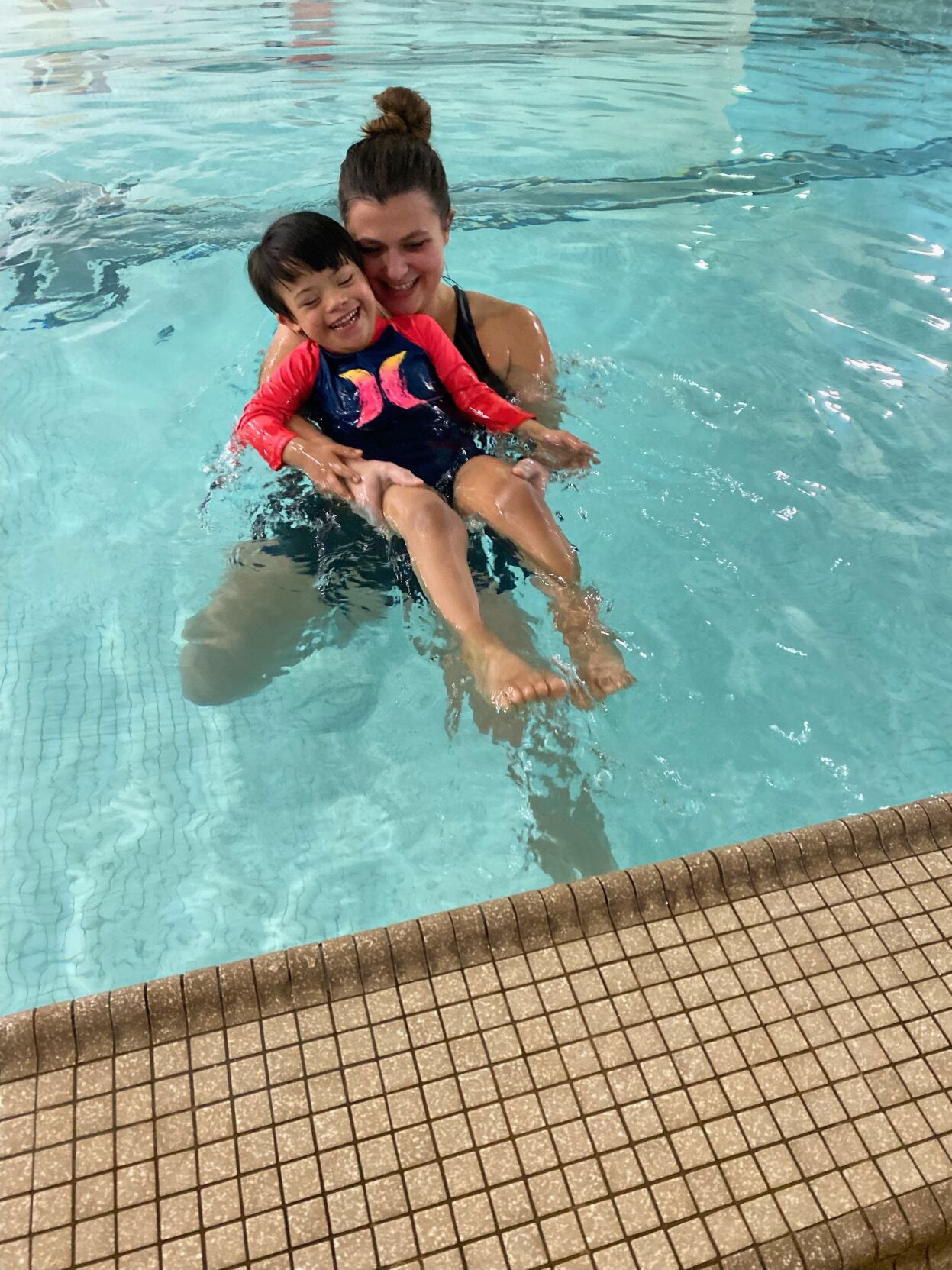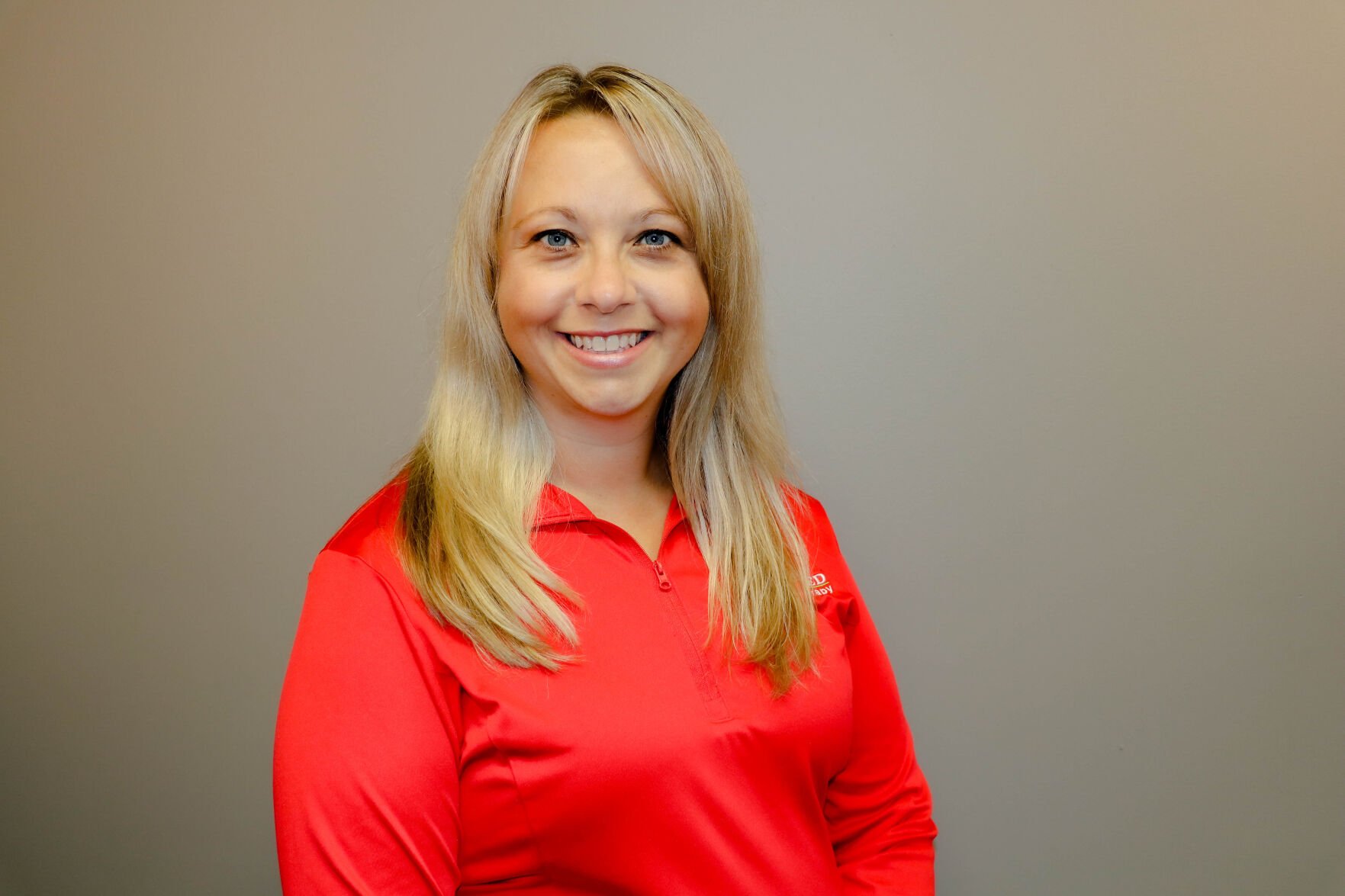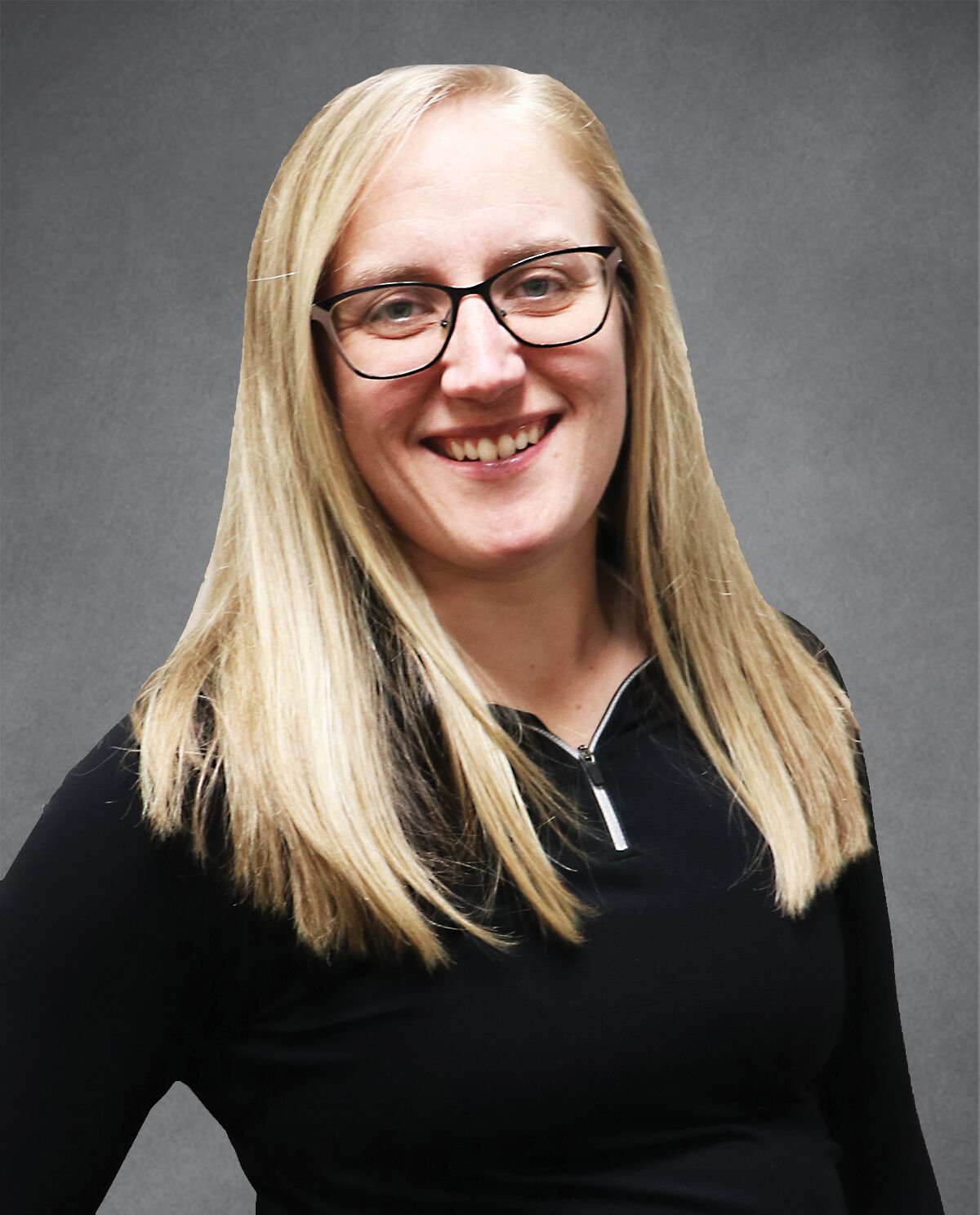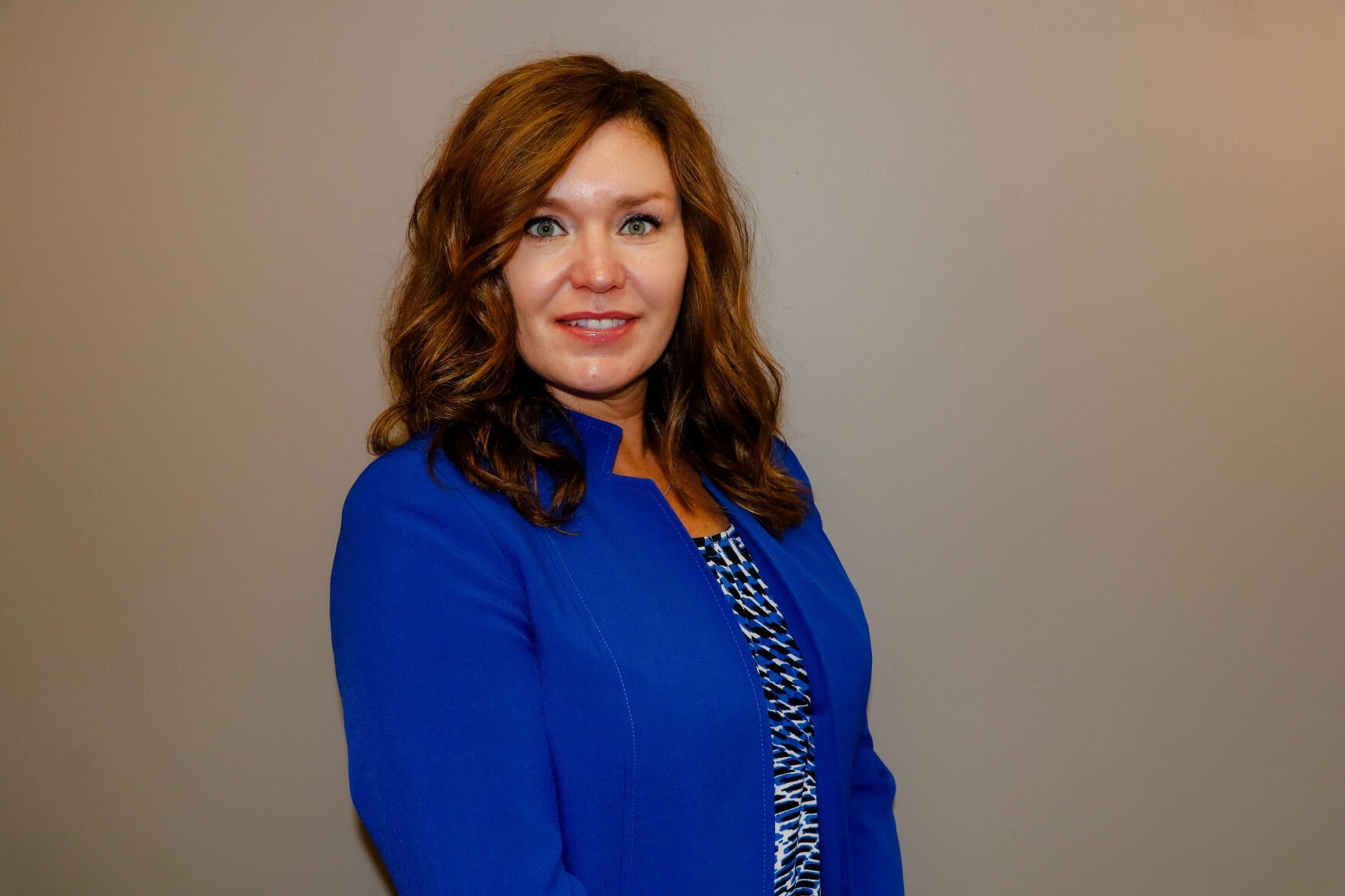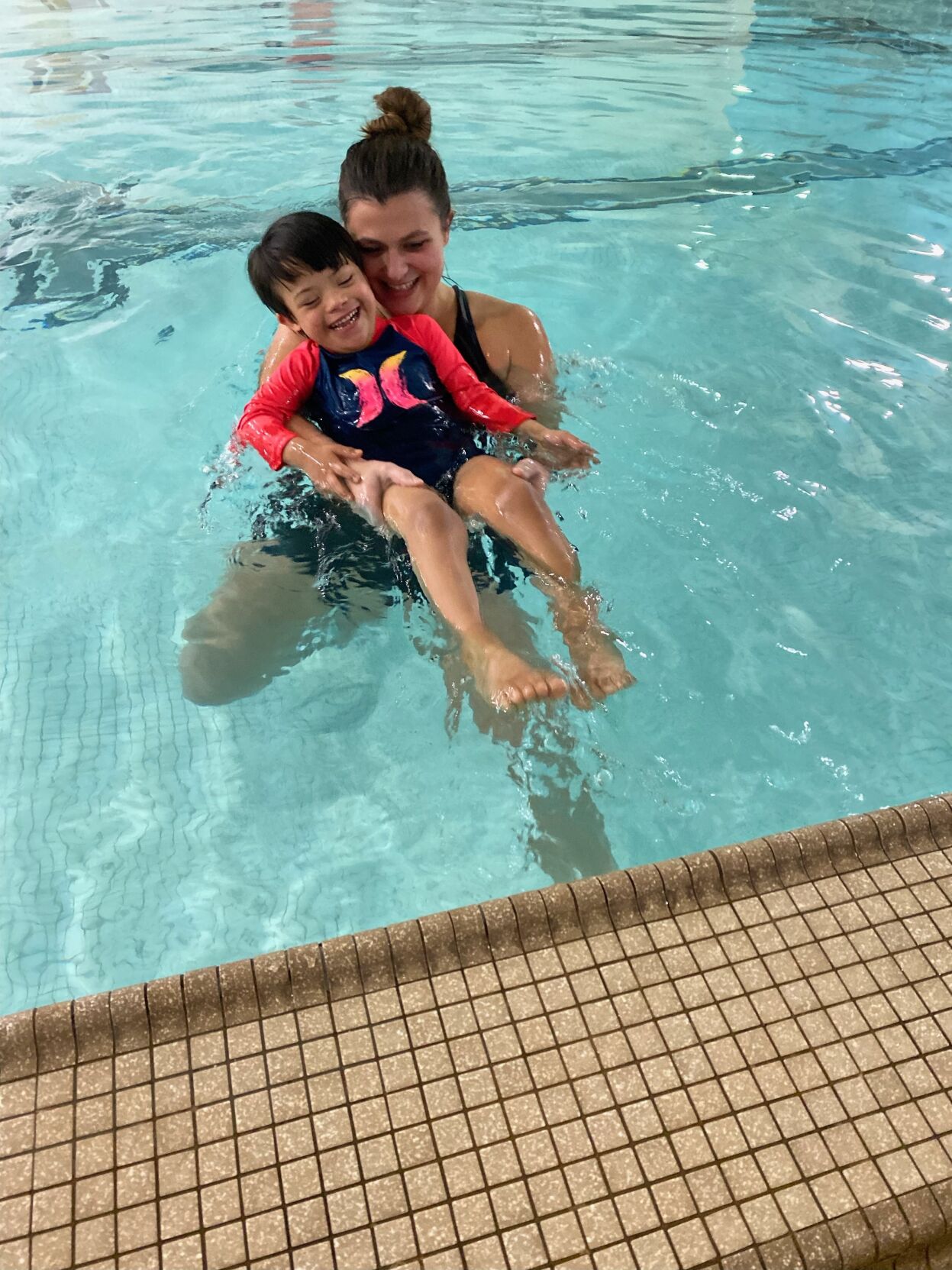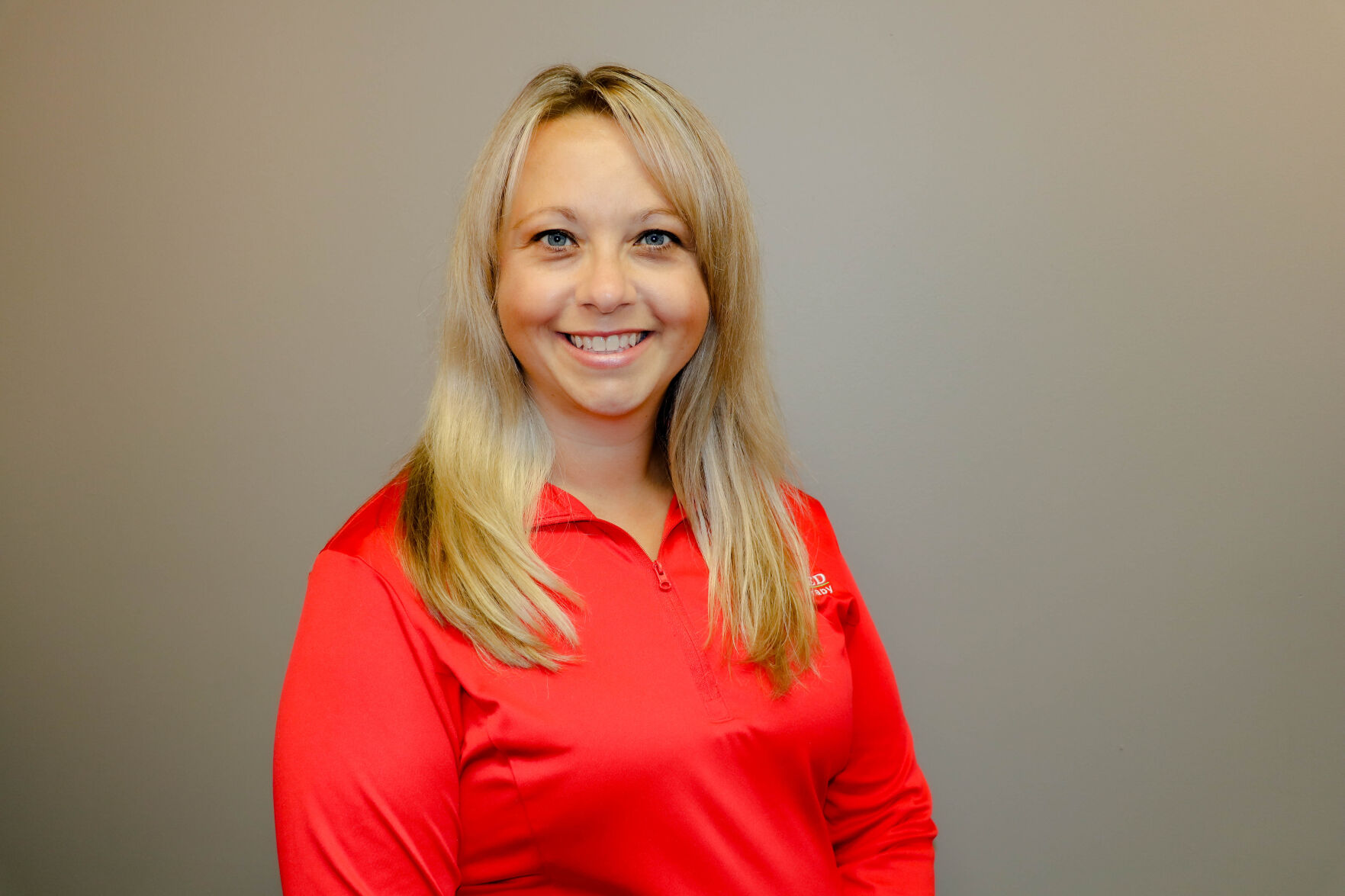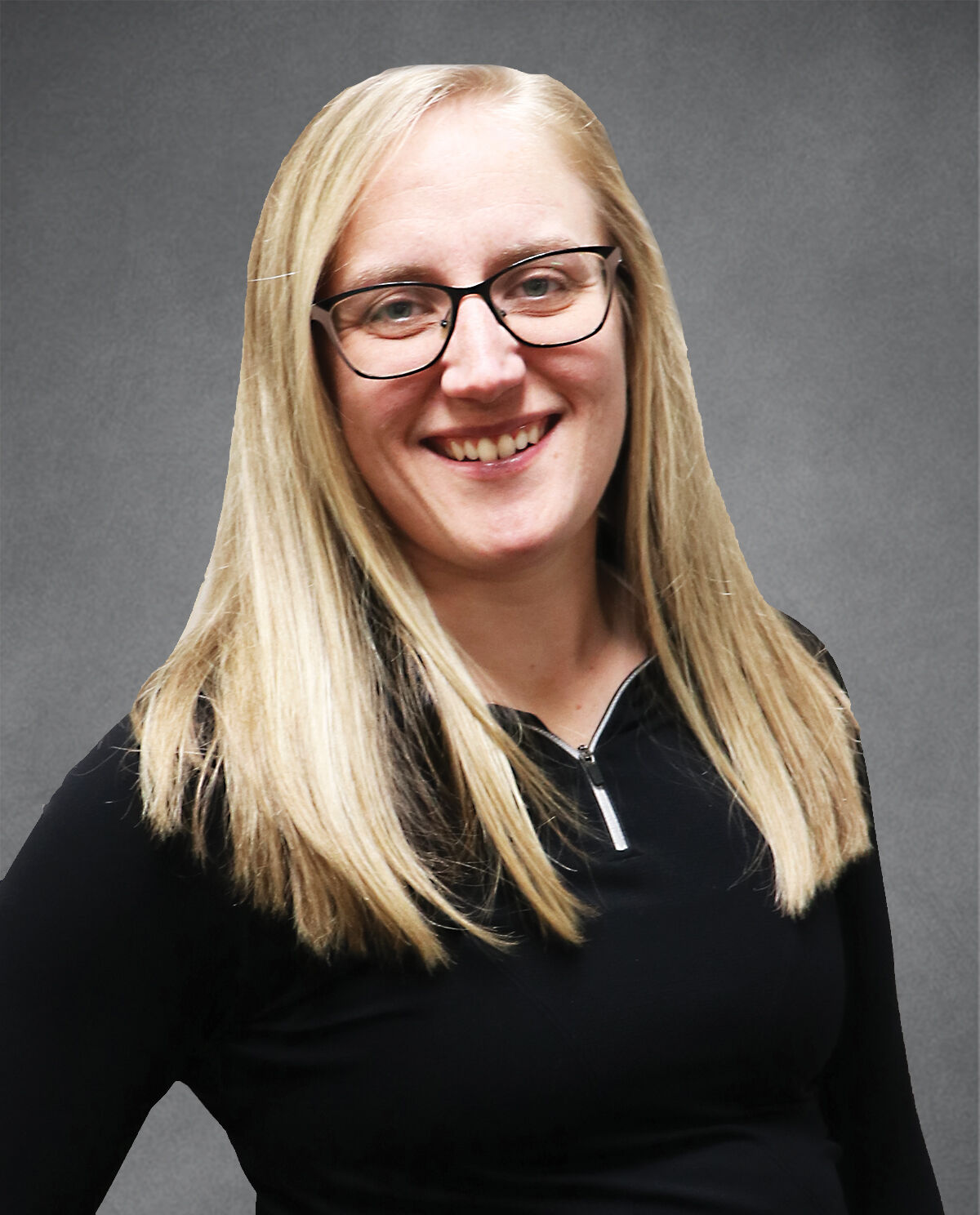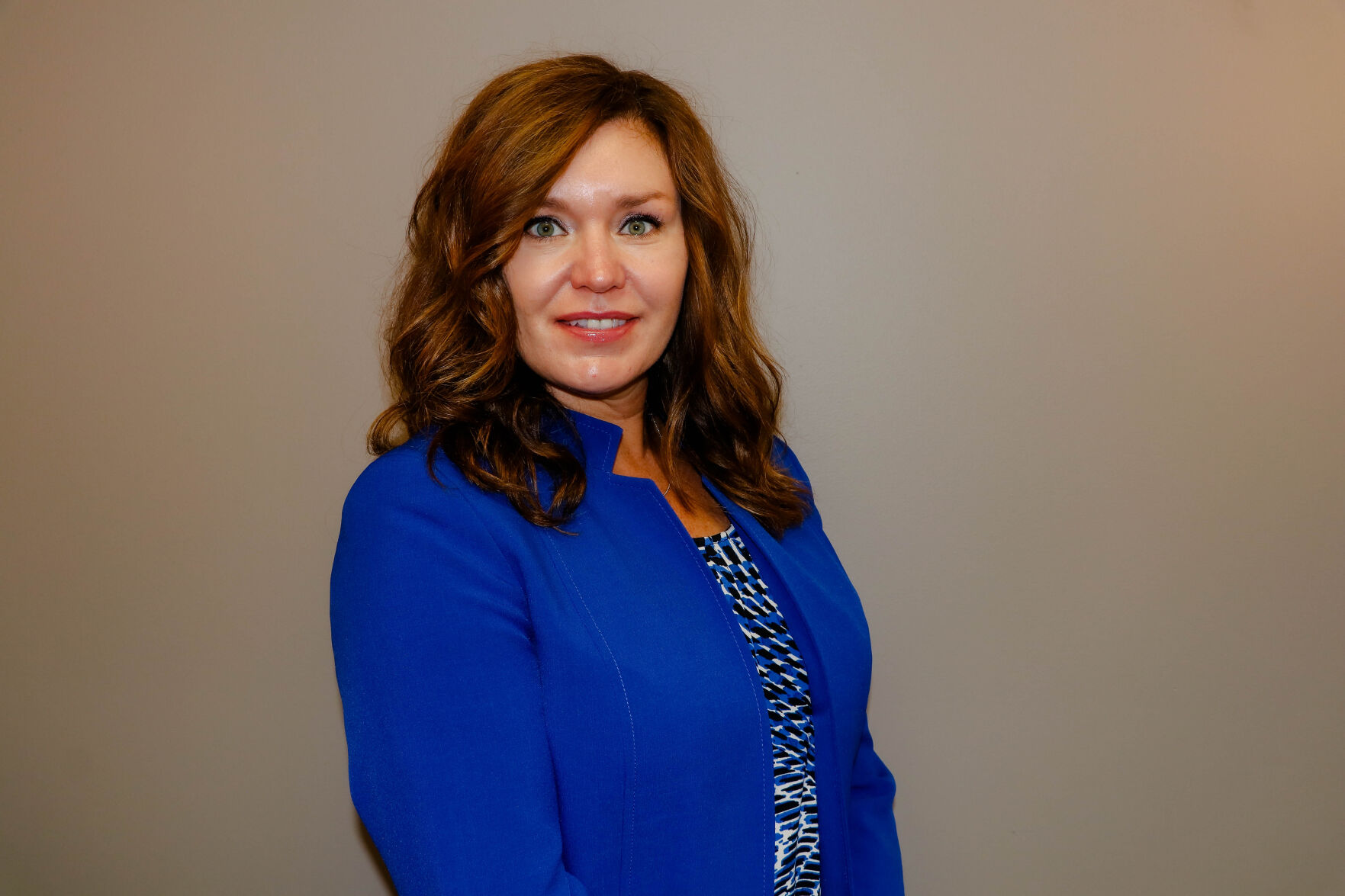Rose Richmond-Love had been living with multiple sclerosis for nearly two decades before her balance began to wane, causing a fall and an injury.
“I severed my ACL and tore my meniscus,” said the Dubuquer. “Ever since then, I’ve had a hard time.”
Then, two months ago, she picked up a pamphlet about aquatic therapy.
“I feel the difference, and I see the results,” Richmond-Love said. “I feel stronger and better and like I’m moving ahead. And it’s not only beneficial, but I have fun doing it. Being in the water makes you feel like you can, even when you can’t.”
Much like traditional physical therapy, aquatic therapy is a targeted, one-on-one treatment using the benefits of water to aid mobility.
Through buoyancy, hydrostatic pressure and hydrodynamic properties (flow, inertia, drag and viscosity), patients working through certain physical limitations can experience an ease of movement that they might not otherwise on dry land, according to physical therapists.
Additional benefits offer reduced pain and swelling, improved mobility and strength, improved range of motion and coordination, and improved cardiovascular endurance.
It often is coupled with traditional physical therapy to track a patient’s progress.
“Water is simply another media we can use to help patients reach a level of functionality through feeling lighter, reducing gravity and enabling them to move those parts of the body in an easier way,” said Kelly Heysinger, co-owner and physical therapist with Unified Therapy Services, which has locations in Dubuque and Lancaster, Wis., and includes aquatic therapy among its offerings. “The water eliminates some of those mobility barriers that can be a little more challenging.”
Physical therapy assistant Amy McClaskey has been working with aquatic therapy patients for about six months. She said it has been ideal for those who are dealing with low back pain, as well as arthritis and chronic pain.
“Especially for patients that have difficulty standing or walking, the water makes these activities more tolerable and achievable for them,” McClaskey said. “They have an easier time moving more freely and with less pain.”
Physical therapist Grace Austin added that it also inspires motivation among patients as they see progress.
“It enables them to be able to achieve something in water that they might not be able to do on land and see results,” she said. “My favorite thing is being able to see patients achieve their goals and get excited about it. It’s also awesome to see changes in the patient as their progression builds and becomes a reality.”
Sessions last approximately 30 to 40 minutes.
Depending on a patient’s insurance plan, most aquatic therapy patients come by way of a referral from his or her primary physician.
“You should always consult your doctor first,” McClaskey said. “That way, you know if it’s right for you, and we know how best to help you.”
Open since 2006, the female-owned Unified Therapy Services leadership said while aquatic therapy has been practiced for some time, many communities are limited in their ability to offer it because of limited access to available pool spaces.
Locally, physical therapists conduct sessions at the Dubuque Community Y.
“We hope that by bringing exposure to the various forms of physical therapy available, we can make a greater impact,” said Erin Sell, director of marketing. “The amount of people we can help is endless.”
That, co-owner and speech therapist Gina Blean said, is the goal.
“Our focus is always on expanding on what we can offer and finding ways we can fill gaps and create partnerships within the community,” she said.
For Richmond-Love, who does aquatic therapy on Tuesdays and traditional physical therapy on Thursdays, being able to see and feel improvement has been a key motivating factor.
“I can do a lot of things on the ground now that I couldn’t do before because of aquatic therapy,” she said. “I might not ever get back to 100%. But I’ll get to 75%. That feels good.”
Megan Gloss writes for the Telegraph Herald.

